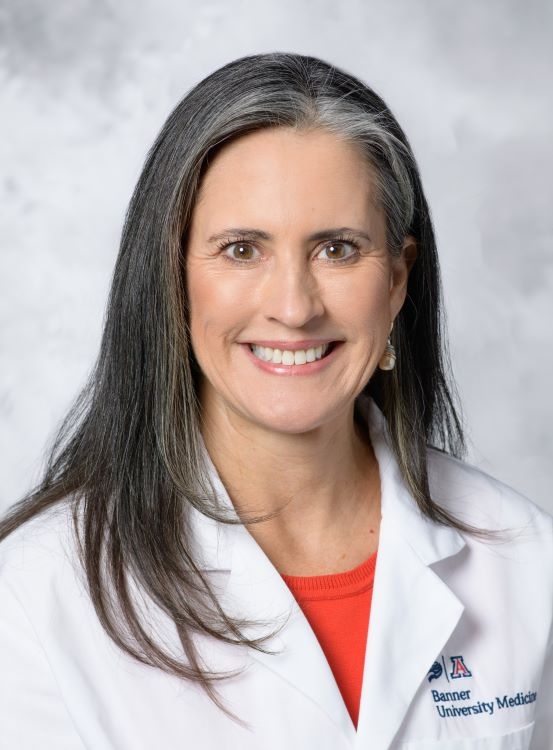

 Our Diagnostic Radiology Residency Training Program is a four-year, ACGME-accredited program that begins after completing a one-year ACGME-accredited clinical experience. Set in a clinically-oriented teaching environment, this residency lays a solid foundation for careers in Diagnostic Radiology, whether in academic or private practice. The program is directed by Dorothy Gilbertson, MD, FACR.
Our Diagnostic Radiology Residency Training Program is a four-year, ACGME-accredited program that begins after completing a one-year ACGME-accredited clinical experience. Set in a clinically-oriented teaching environment, this residency lays a solid foundation for careers in Diagnostic Radiology, whether in academic or private practice. The program is directed by Dorothy Gilbertson, MD, FACR.
Our four-year residency program follows an internship year, with the final year primarily focused on elective and flexible training options. In the first three years, residents rotate through all clinical subspecialties of Radiology, including pediatrics, genitourinary, gastrointestinal, chest, musculoskeletal, interventional/angiography, neuroradiology, nuclear radiology, mammography, ultrasound, abdominal CT, and magnetic resonance imaging (MRI). During the fourth year, residents can choose from one-year, six-month, or three-month subspecialty training blocks, with a minimum of three months guaranteed in their top-choice subspecialty. Residents are also required to complete research projects, and dedicated research time is available as an elective. Learn more about research opportunities.
Clinical training in Diagnostic Radiology involves a gradual increase in responsibility, closely supervised by physician faculty members. Residents are evaluated after each rotation and receive ongoing feedback about their educational progress, including biannual meetings with the training director. All residents participate in the annual American College of Radiology In-Training Examination. A board review program, a physics course, and small focus-study groups with faculty help prepare senior residents for success on the American Board of Radiology Examination.
Each year, we recruit nine Diagnostic Radiology residents at the PGY II level for four years of training. A minimum of one year of ACGME-accredited clinical training (PGY I) is required before entering the residency, which can be in a clinical specialty such as surgery, internal medicine, pediatrics, or a transitional year.
Our Residency Training Program participates in the National Residency Matching Program (NRMP), with applications submitted via the Electronic Residency Application Service (ERAS). Applications are accepted for review until November 1st each year.
Learn More
Learn more and apply to our program.
Reach Out






